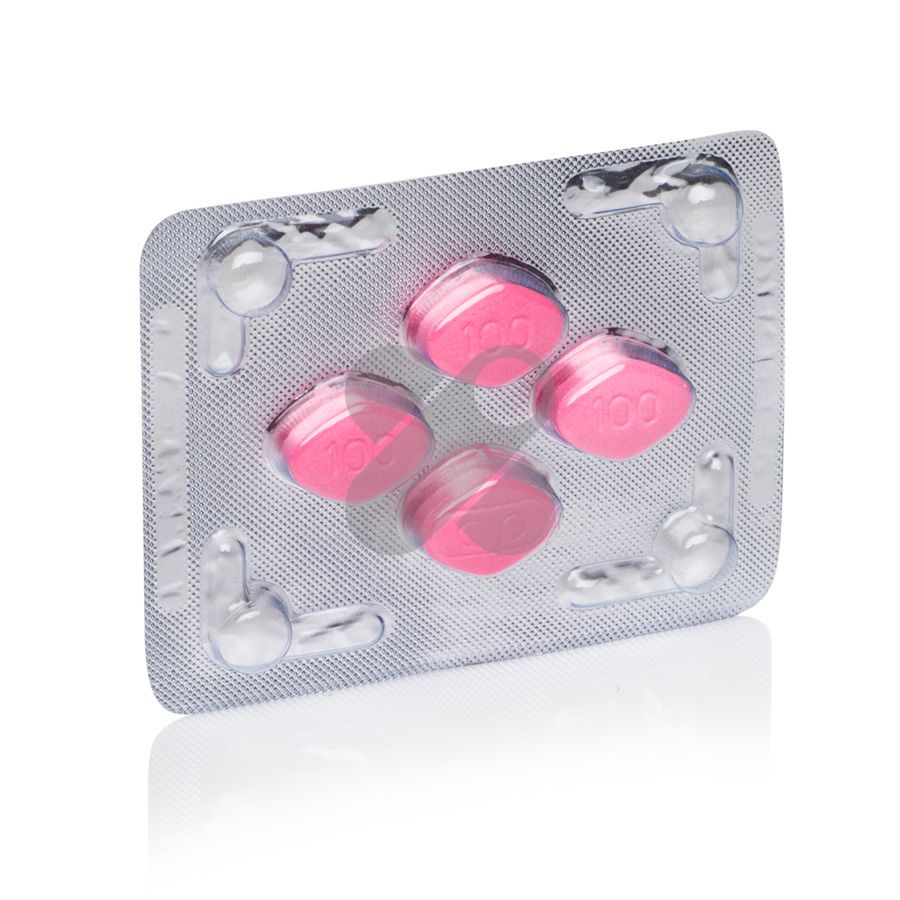
In the evolving landscape of sexual health and wellness, the introduction of Lovegra marked a significant milestone in the treatment of female sexual dysfunction (FSD). Colloquially known as 'female Viagra', Lovegra contains the active ingredient sildenafil citrate, a phosphodiesterase type 5 (PDE5) inhibitor. This drug works by increasing blood flow to the genital area, thereby improving sexual arousal and response in women. The development and approval of Lovegra has underscored the medical community's recognition of the importance of women's sexual health by providing a pharmacological solution aimed at improving quality of life and sexual satisfaction.
Lovegra works by targeting the physiological aspects of sexual dysfunction, offering a new option for women experiencing symptoms of FSD. These symptoms can include difficulties with arousal, achieving orgasm, or discomfort during sexual activity. By increasing blood flow to the genitals, Lovegra helps to alleviate these symptoms, potentially increasing sexual pleasure and performance. However, as with any medication, it is important to approach Lovegra with an understanding of its potential side effects and to ensure that users are fully informed about its implications for their health and well-being.
Many of the side effects of Lovegra are similar to those observed with the use of sildenafil in men, reflecting the drug's systemic effect on blood vessels. These side effects are usually mild to moderate and often diminish as your body adjusts to the medication. They include:
Although less common, these side effects may still occur and may require medical attention if they persist or worsen:
Certain side effects of Lovegra are rare but require immediate medical attention due to their potential severity:
To reduce the risks associated with Lovegra, it is important for users to:
Consult your doctor before starting Lovegra to ensure that it is appropriate based on your medical history and current health status.
Discuss all medications being taken, including over-the-counter medications and supplements, to avoid possible interactions.
Be aware of the signs and symptoms of serious side effects and seek immediate medical attention if they occur.
Follow the prescribed dosage and administration guidelines closely and resist the temptation to increase the dose without medical advice.
Lovegra represents a breakthrough in the treatment of female sexual dysfunction, offering hope and improved quality of life for many women. However, understanding and respecting the potential side effects of this medication is paramount. By encouraging open communication between patients and healthcare providers, women can safely explore Lovegra as an option to improve their sexual health while minimising risks. As research continues and our understanding of FSD grows, Lovegra is a testament to the progress being made in women's sexual health and well-being.